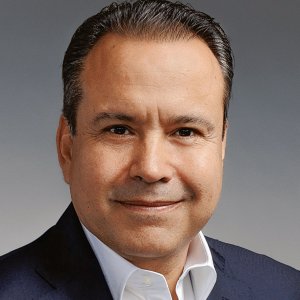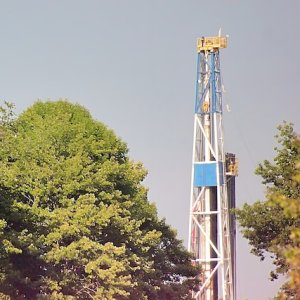
Trends in the Geothermal Industry
The global geothermal energy sector reached 11,765MW of installed capacity as of August 2013. Coincidentally, there are also 11,766MW of planned geothermal projects in the early stages of development or under construction across 70 countries around the world. As a result, global capacity could approach 14GW by the end of the decade.
Indonesia is leading the total geothermal capacity under construction with approximately 425MW, followed by Kenya which is constructing 296MW. Other important participants in the expansion of the global geothermal sector are Iceland with 260MW, the United States with 178MW and New Zealand with 166MW. The most used technology for geothermal power is single flash representing 39% of the total installed capacity, followed by dry steam with 25% and double flash at 19%. However, the leading country in terms of the sheer number of geothermal power projects being developed is the United States with 182 projects. But many of these have been stuck in the same phase of development for several years. In terms of installed capacity, the United States leads the way with 3,889MW, the Philippines ranks second with 1,884MW, followed by Indonesia with 1,333MW and Mexico with 980MW. The Middle East and Africa have just begun to develop their first projects and face challenges due to the lack of legislation, rules and incentives to increase the attractiveness of their geothermal markets. For example, Djibouti is looking to develop a 50MW geothermal site, and Rwanda and Tanzania have as objectives to bring 300MW and 140MW in geothermal power online in the next few years. Europe also has substantial geothermal resources with many projects being developed in Germany and Italy. Iceland remains the global leader in terms of proportion of its energy mix that consists of electricity and thermal energy from geothermal sources, with four projects under construction. However, Iceland’s population is relatively small and the local demand does not grow at an accelerated pace despite the plentiful supply of energy. In order to reach larger markets, Iceland has investigated the possibility of connecting to Europe’s electricity grid through a marine transmission cable connection with Scotland and eventually continental Europe. Geothermal energy in South America is mostly at the exploration stage but important initiative have been carried out in Chile, Peru and Argentina. Chile is to start producing geothermal power by 2017 and Peru has 660MW of geothermal potential already unveiled, with 24 projects ready to begin exploration. In Central America, Guatemala and Nicaragua both have projects in advanced development stages. The United States leads the world’s geothermal market, and Canada’s Geological Society has established that the country has at least 5GW that could be used for commercial activities with currently available technology.
Geothermal energy development is an activity that involves exploration risks. Some governments finance the initial geothermal exploration and lease the resources to private developers or government entities who then construct the power plant. Other models promote the creation of joint ventures to share the exploration risk. Finally, concession systems have been created in which private companies carry out the exploration, development and operation phases after signing fixed concession agreements. The Mexican government has also sought to create an insurance scheme for the exploration phase, working with the Interamerican Development Bank to offer financing that would allow private firms to drill wells without taking on the full financial risk.
In Mexico, projects are in the pipeline that will add 100MW to the country’s total geothermal installed capacity. A project called Los Humeros in Puebla and Los Azufres III in Michoacan are advancing rapidly toward completion. Los Humeros is already operating a 25MW unit while 50MW are under development in the second phase of the project. The 50MW now under development are expected to start operations within 2014. The Los Azufres III bid was won by Mitsubishi Heavy Industries and a 50MW power plant is planned to start operation by December 2014. At the same time, the operating capacity of the Cerro Prieto Geothermal field in Baja California, Mexico’s strongest geothermal presence for a long time, has decreased in recent years.
Here Mexico can take advantage of the expertise that the country has developed in the oil and gas sector, mainly in drilling activities. Such knowledge and technology transfer to the geothermal industry could serve as a catalyst for the development of the Mexican geothermal energy market.
















